Corporate Resignation Letter Template for Professionals
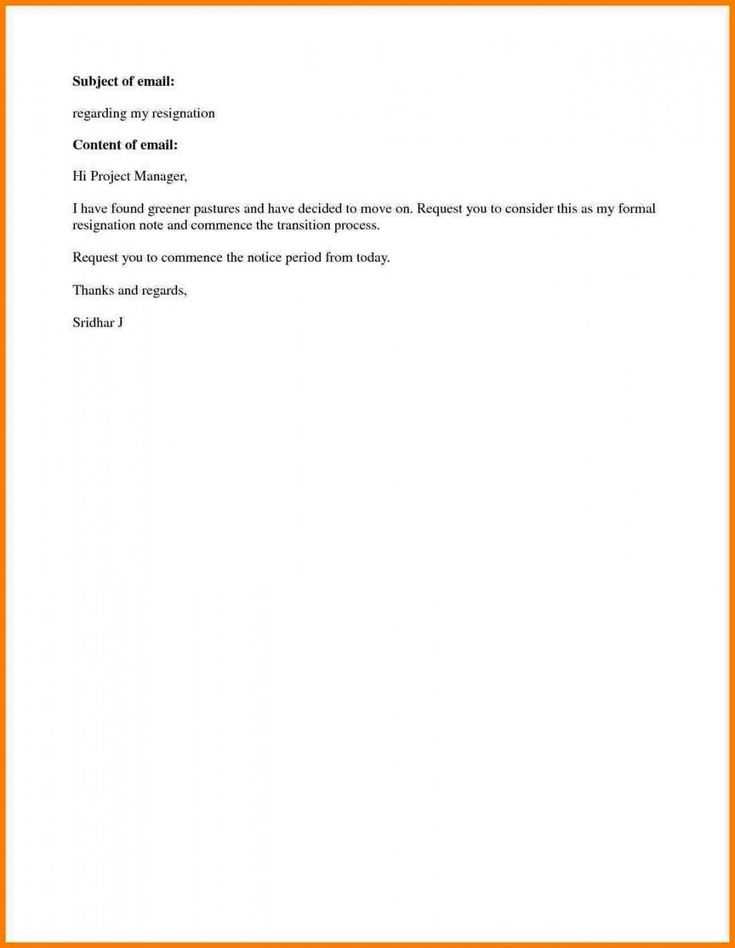
When it’s time to move on from a position, informing your employer in a professional manner is essential. A well-crafted message ensures that your departure is smooth and leaves a positive impression. This step is crucial for maintaining relationships and ensuring the transition is handled efficiently.
Crafting a clear and respectful communication helps you navigate the final stage of your professional journey with confidence. Whether leaving for new opportunities or personal reasons, providing a concise explanation of your decision can pave the way for future references and maintain your reputation in the industry.
Effective communication should balance politeness with clarity, making your intentions understood without unnecessary details. Adopting a respectful tone and structure shows maturity and professionalism, which can be beneficial in any career.
Exiting a job requires more than just informing your employer verbally. A formal written statement serves as an official record of your decision to leave, which can be important for both you and the company. It outlines your intentions clearly and professionally, ensuring there is no misunderstanding about your departure.
Maintaining Professionalism
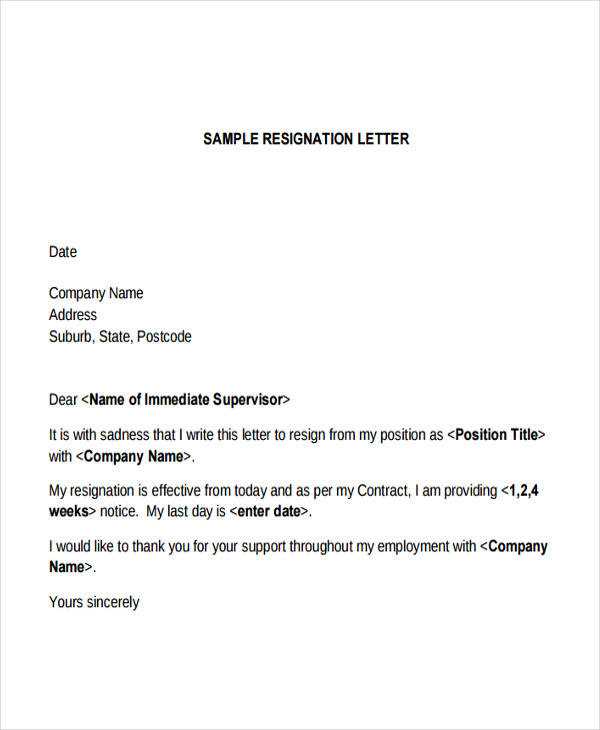
A well-structured document reflects your professionalism, showing respect for the organization and colleagues. It demonstrates your ability to communicate clearly and effectively, which can leave a positive impression for future references or opportunities. A formal message also helps preserve a good relationship with your employer, which may be important for networking down the line.
Legal and Administrative Clarity
From a legal perspective, a formal notification provides clarity on your departure date and terms. It can serve as evidence in case any disputes arise later regarding your notice period or final work duties. This written form also helps the company manage transitions more smoothly by allowing them to begin preparing for your absence in advance.
Key Elements of a Professional Exit
When departing from a job, certain key elements ensure your exit is handled with grace and professionalism. These components help convey your intentions clearly while maintaining respectful communication with your employer and colleagues.
- Clear Notification: Be direct about your decision and the reason for your departure, while keeping the tone positive.
- Respectful Tone: Even if you’re leaving for personal reasons or dissatisfaction, maintaining a polite and professional tone is essential.
- Notice Period: Mention your intended last working day and adhere to the company’s policies regarding notice periods.
- Gratitude: Express appreciation for the opportunities you’ve had during your time at the organization.
- Offer Transition Help: Offering to assist with the transition shows your commitment to a smooth handover of responsibilities.
Including these elements helps ensure you leave on good terms, which can be invaluable for future professional endeavors.
How to Write a Polite Farewell
When it’s time to part ways with an organization, delivering a thoughtful and respectful message is crucial. Crafting a polite farewell ensures that your departure is graceful and leaves a positive impression with your employer and colleagues.
Start by expressing gratitude for the opportunities you’ve had during your time with the company. Acknowledge the support from your team and any professional growth you experienced. It’s important to maintain a tone of appreciation, even if your departure is due to negative reasons.
Make sure to keep the farewell brief and to the point. Avoid going into unnecessary details about your reasons for leaving, and instead focus on the future and the connections you’ve made. Wishing everyone success moving forward leaves a warm, lasting impression.
Common Errors to Avoid in Resignation
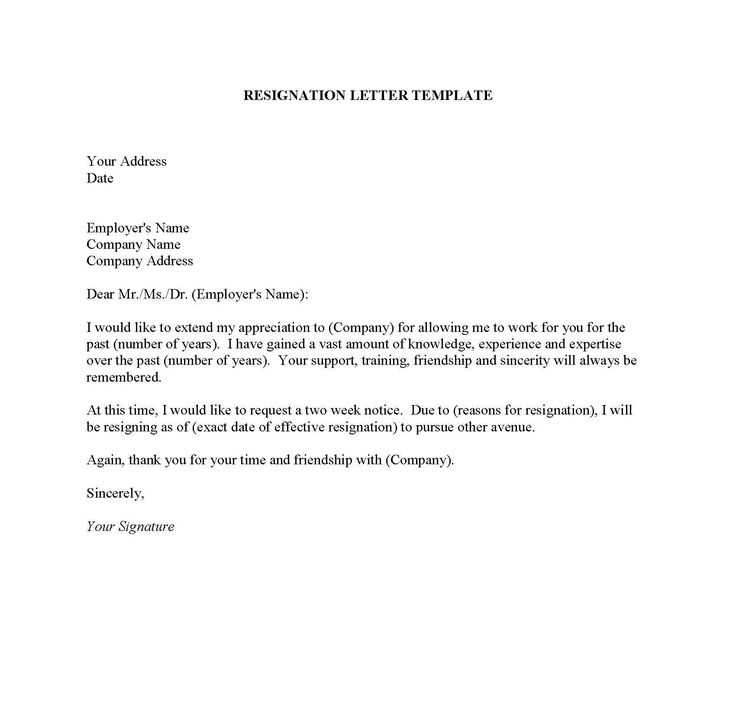
When stepping away from a role, it’s essential to approach the situation with care and professionalism. Avoiding common pitfalls ensures that your departure is smooth and doesn’t cause unnecessary issues for you or the company.
| Error | Why It’s Problematic |
|---|---|
| Giving insufficient notice | Leaving abruptly without following company guidelines can create operational disruptions and damage your reputation. |
| Being overly negative | Expressing dissatisfaction in your communication can leave a bad impression, even if you’re leaving for personal reasons. |
| Not offering assistance during transition | Failing to offer support with your responsibilities can create extra strain on your colleagues during a busy time. |
| Leaving without a clear exit date | Ambiguity regarding your departure can cause confusion and delays in planning for your replacement. |
By being mindful of these mistakes, you can ensure your exit remains professional, respectful, and efficient.
Examples for Various Resignation Scenarios
Every departure from a job can be unique, and different circumstances may require different approaches. Whether you’re leaving for a new opportunity or personal reasons, tailoring your message to suit the situation ensures a positive and professional exit.
- Leaving for a New Job: When transitioning to a new position, it’s important to express your excitement about the future while also thanking the company for the experiences gained.
- Leaving Due to Personal Reasons: If you’re stepping down for personal reasons, it’s crucial to keep the explanation brief, focusing on your appreciation for the time spent with the company.
- Retirement: If you’re retiring, it’s best to reflect on your long tenure and contributions, expressing gratitude for the opportunities and relationships built throughout the years.
- Leaving for Educational Pursuits: If your reason for leaving is to pursue further education, acknowledging the importance of your career development and offering assistance in the transition is key.
- Conflict or Dissatisfaction: While it’s often best to remain diplomatic, if your departure is due to unresolved issues, aim to maintain a polite and respectful tone to preserve your professional reputation.
By customizing your message to your specific situation, you ensure that your departure remains professional and respectful, no matter the reason for leaving.
How to Submit Your Resignation Properly
Submitting your departure from a position should be handled with respect and professionalism. The manner in which you inform your employer can have a lasting impact on your career, so it’s essential to follow the right process to ensure a smooth transition.
1. Notify Your Supervisor Directly
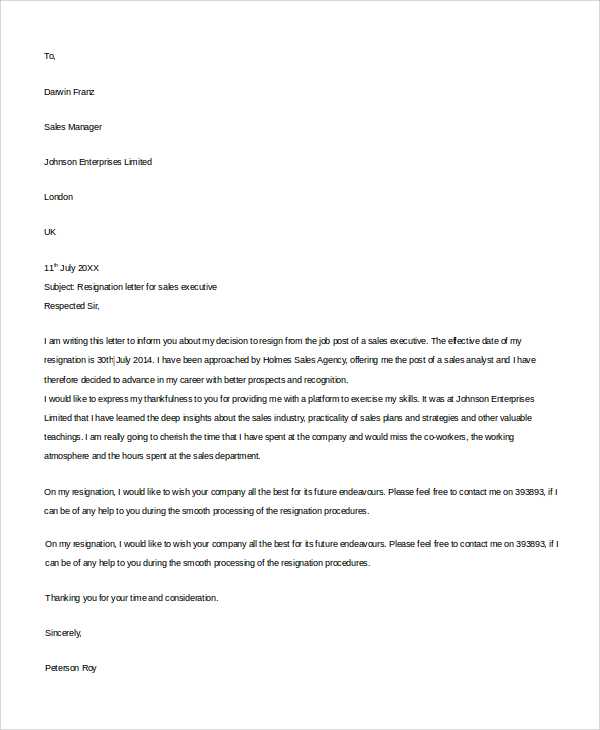
Always start by informing your manager in person or through a private meeting. This approach shows respect and allows for an honest conversation about your decision to leave.
2. Follow Up with Written Confirmation
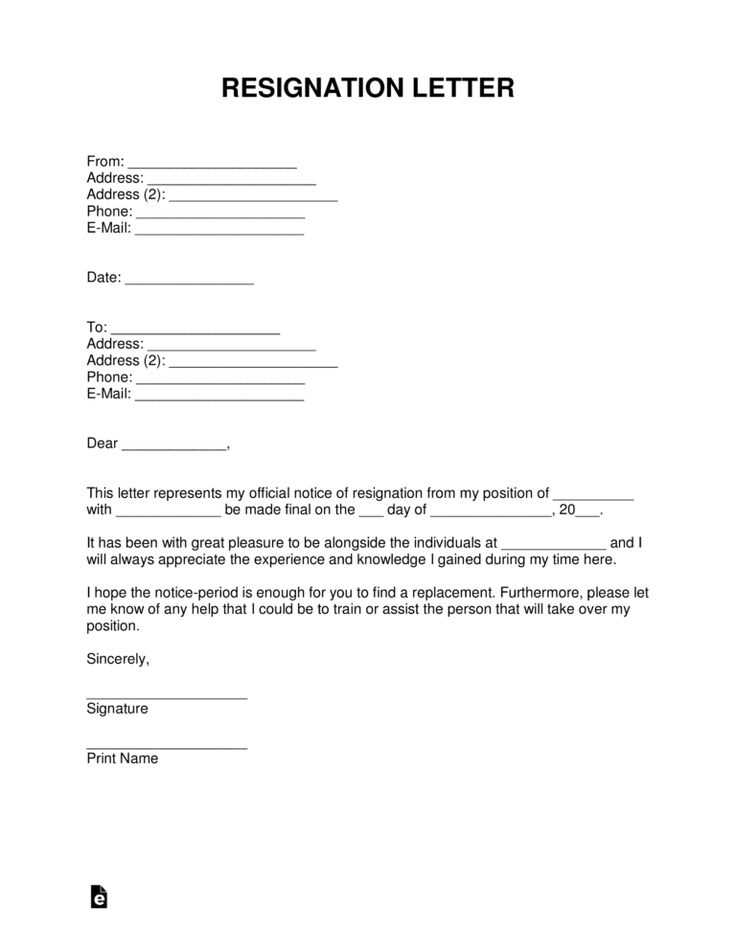
After your face-to-face meeting, provide a formal written notification. This serves as an official record of your decision and can clarify your intentions, such as your last working day.
Remember: Timing is crucial. Aim to submit your notice within a reasonable timeframe, respecting your company’s notice period policies. Providing ample time for your employer to prepare for your departure demonstrates professionalism and care.